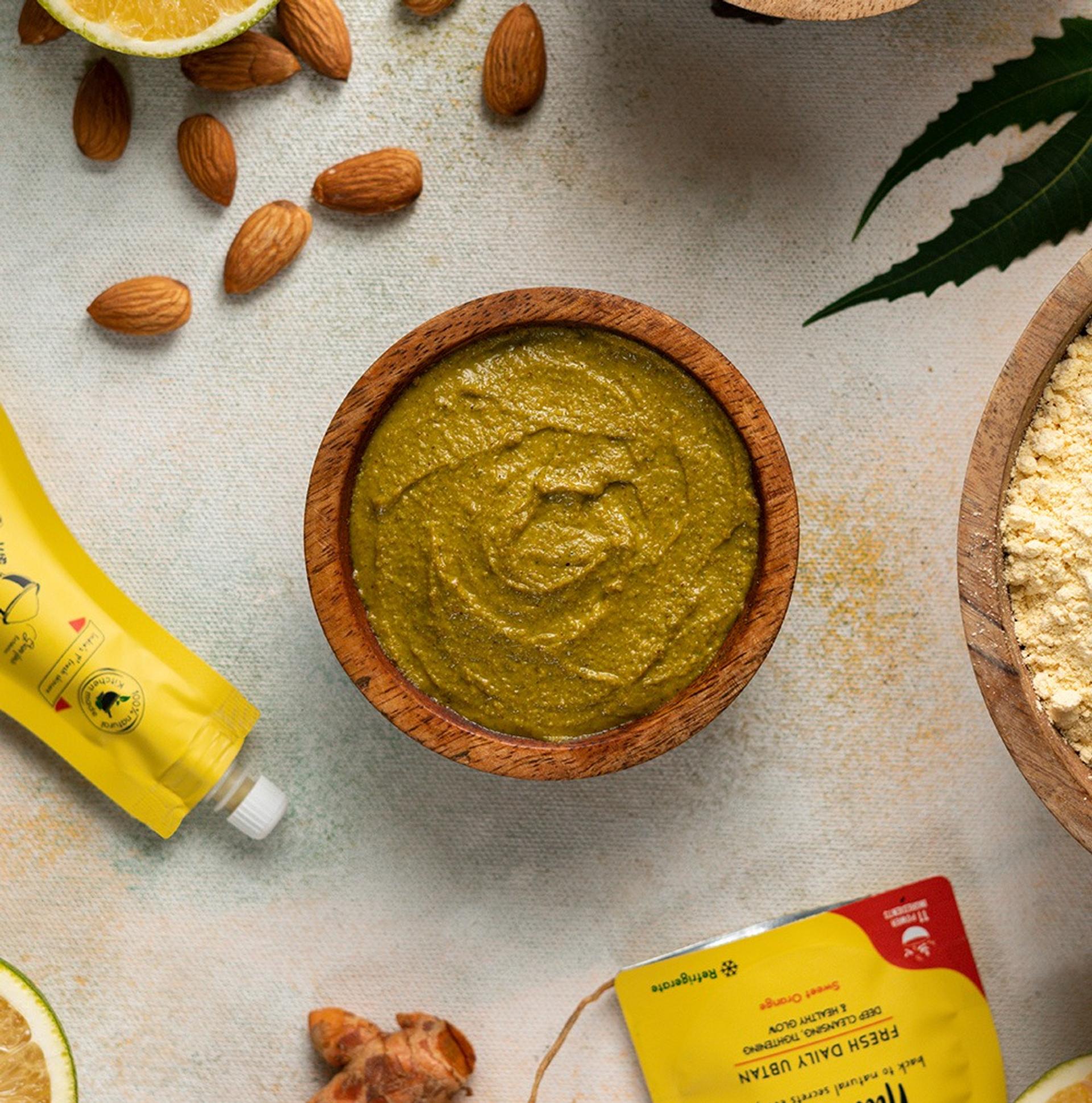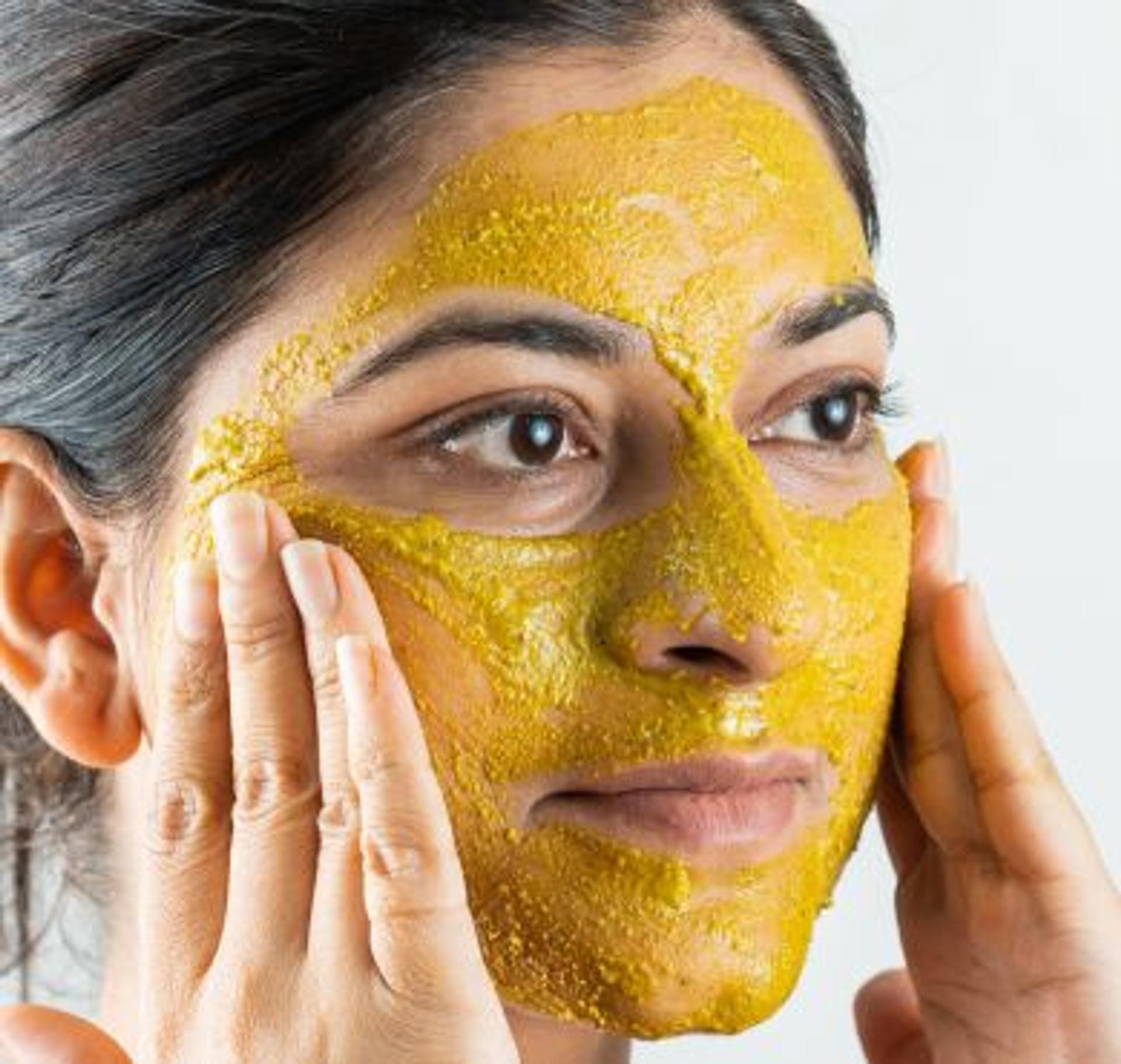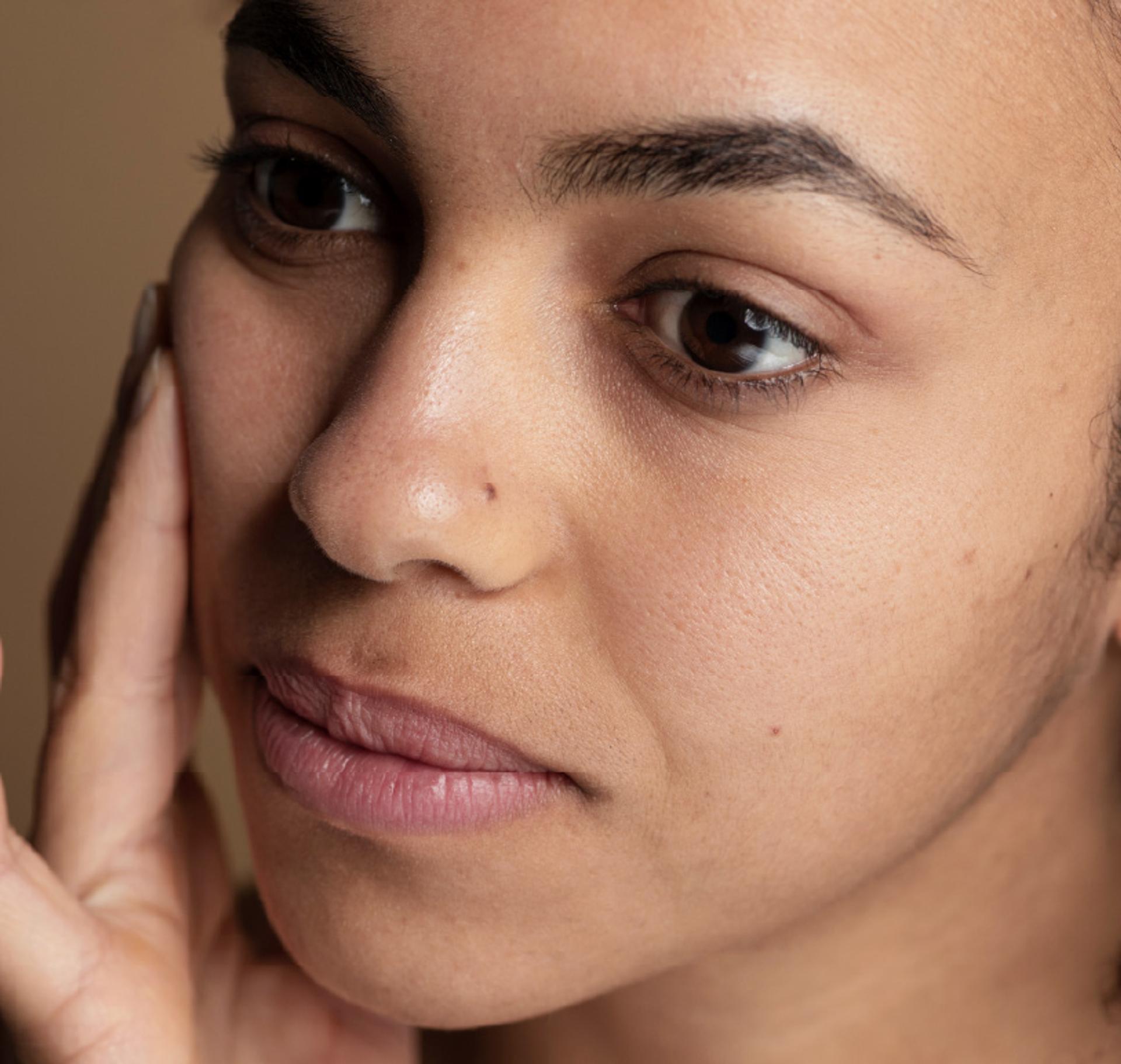
Monsoon Isn’t Just About Messy Hair & Itchy Skin
It’s Also the Secret Season of Glow!
By Nat Habit
With every drop of rain, monsoon brings along a well-known gang of woes - stickiness, frizz, breakouts, itchiness, infections, and that uncanny smell from closed shoes. But amidst all these damp calls, no one talks about the good that rains bring to skin and hair. And yes, there’s plenty of that too!
Let’s turn the narrative around. Monsoon isn’t just a humid spell to survive; it’s a hidden opportunity for revival and rejuvenation. Your skin and hair love this season… if you care the right way.
Humidity = Hidden Hydration Heaven

Monsoon air is saturated with water—literally. The relative humidity in the air often crosses 70–90%, meaning the environment is moist and kinder to the skin barrier.
Why it’s good:
- High humidity reduces transepidermal water loss (TEWL)—a fancy term for the water escaping from your skin.
- This helps your stratum corneum (outer skin layer) stay plump, reducing dryness, flaking, and early signs of aging.
- Hair cuticles absorb moisture and swell naturally, which can make them look fuller and feel softer.
BUT—a big one:
Too much moisture without balance? That’s where the frizz, fungi, and chaos come in. Hydration plus hygiene is the winning monsoon combo.
Skin's Natural Renewal Gets a Boost

The seasonal change signals skin to adapt—and it listens.
The science:
- Monsoon’s cooler climate after a scorching summer reduces oxidative stress on skin cells. Less UV + more hydration = better regeneration.
- Sweat + increased oil flow during monsoon naturally exfoliate the skin, promoting faster cell turnover.
- Damp conditions also promote better blood circulation, especially when we move. This means more oxygen to skin cells, better nutrient delivery, and a brighter complexion.
Hair: The Frizz Might Be Loud, But So Is Repair

Yes, monsoon can cause frizz, but it also creates a healing environment for damaged strands.
What’s happening:
- High moisture improves hair’s elasticity (if you keep the proteins intact!).
- The scalp, thanks to cooler weather, is less prone to UV-induced inflammation and oxidative stress.
- Monsoon encourages natural oil flow from the scalp—if not blocked by buildup or infection, this oil is your free-of-cost conditioner.
Monsoon & The Magic of Cellular Detox

There’s something else this season does quietly, while we’re all busy cribbing about muddy shoes and frizzy hair—it supports deep internal and skin-level detox.
What’s really happening?
- The shift in climate and humidity stimulates the lymphatic system, body’s personal drainage network, clearing cellular waste and metabolic junk.
- Cooler weather also reduces heat-induced inflammation, allowing cells to repair and purge at a better pace.
- Sweat during monsoon is more aqueous and less salt-laden compared to summer—meaning it's better at carrying toxins out without drying out skin barrier.
Ayurvedic view?
According to Ayurveda, Varsha Ritu (monsoon) is a key time when the pitta dosha (heat, toxins, metabolic waste) begins to accumulate but can also be released with the right rituals. It’s why ancient Ayurvedic detox therapies like Virechana (purgation) and Basti (enemas) are often prescribed around this season.
And externally, skin and scalp are in a semi-detox mode too—more sebum, more sweat, more natural exfoliation. All it needs is the right push, not aggressive stripping.
How to enhance this natural detox?
- Dry brushing before shower helps move lymph and clear dead skin.
- Use bitter herbs like neem, turmeric, or methi—internally and topically—to support cleansing.
- Clay masks or ubtans with detoxifying minerals can help bind and pull out surface toxins.
Support body from within with light, seasonal foods—think moong dal, bottle gourd, and ginger-tulsi teas that aid digestion and toxin elimination.
How to Reap the Rainy Goodness

Just because nature's giving a bonus doesn’t mean we sit back and let it do all the work. Here’s how to make the monsoon your skin & hair’s BFF:
1. Seal the Humidity, Don’t Let It Rule You
Use humectants like honey or aloe vera, but pair them with occlusives like oils or butters to lock in that ambient moisture. Otherwise, that hydration can backfire and pull water out of your skin when the air turns dry.
2. Balance the Microbiome—Don’t Let Fungus Crash the Party
High humidity = microbial playground. Use antifungal herbs like neem, tulsi, vetiver in your cleansers and scalp oils. Look for pH-balanced products to prevent overgrowth of Candida or Malassezia.
3. Exfoliate Gently, Because Renewal is Already On
Skip harsh scrubs. Instead, use enzymes (like papaya) or fermented ingredients that respect the skin's natural renewal rhythm, which is already heightened in monsoon.
4. Cleanse with Care, Not with Stripping
Sweat glands and sebaceous glands are more active. So cleanse—but don’t strip. Use milk-based cleansers that detoxify and nourish.
5. Scalp Oil + Warm Towel = Heaven
A warm towel compress post-oiling opens up follicles, helps the oil absorb deeper, and prevents scalp itchiness and flakiness from humidity build-up.
6. Rainwater Rituals
A little poetic, but also practical. Rainwater is naturally soft water, free of hard minerals that cause hair damage. If collected cleanly (hello, balcony garden pots!), it can be a gentle rinse for hair and a soothing splash for the face.
The Bottom Line?

Monsoon isn’t a season to just tolerate—it's one to celebrate with the right kind of care. The atmosphere is actually aligned for repair and revival if we listen closely to what the skin and scalp are asking for.
So, while everyone else is blaming the season for breakouts and frizz, we’ll be sipping our chai, looking like a dewy goddess with glossy roots and radiant skin.
Because when nature hits reset, the wise don’t resist—they glow with it.
Learn more



